Table of Contents
LIGO and Google develop innovative AI system: The Laser Interferometer Gravitational-Wave Observatory, known as LIGO, has already earned its researchers a Nobel Prize — and now machine learning technology is set to advance LIGO’s search for cosmic events even further.
Google DeepMind and LIGO scientists announce they have created an artificial intelligence system called Deep Loop Shaping that demonstrates improved capabilities for detecting gravitational waves — subtle distortions in spacetime generated by collisions between black holes and massive neutron stars.
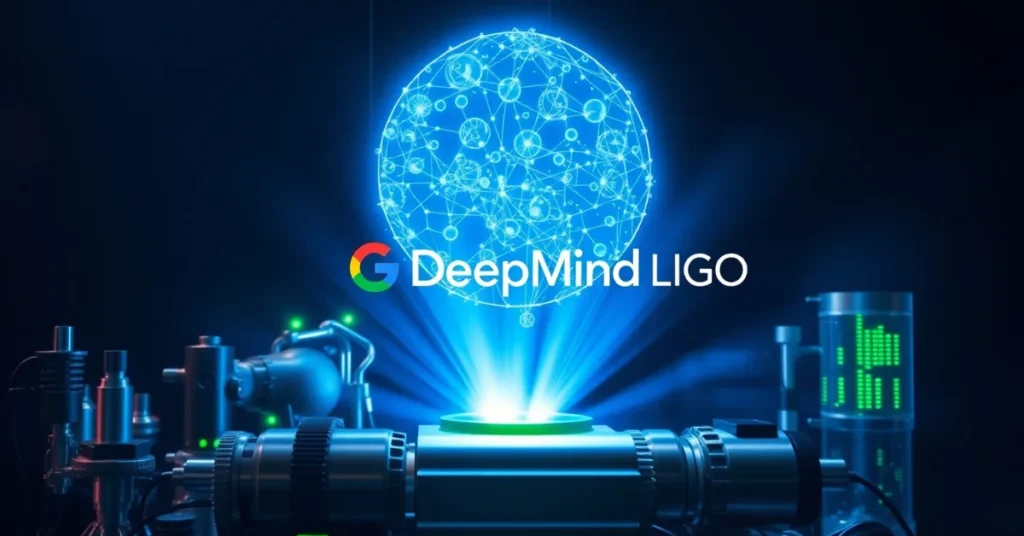
Google DeepMind’s AI Cuts Through Cosmic Noise: A New Era for Astronomy
The team presents this methodology in a proof-of-concept research paper published today in Science journal. Their goal is to integrate Deep Loop Shaping into standard operations at LIGO’s facilities in Louisiana and at the Hanford nuclear site in Washington state.
“Deep Loop Shaping represents a breakthrough, as it successfully reduces noise levels in LIGO’s most unstable and challenging feedback loop,” explained lead researcher Jonas Buchli, a research scientist at Google DeepMind, during a press briefing.
Albert Einstein theorized the existence of gravitational waves one hundred years ago, yet direct observation only occurred in 2015 through LIGO’s paired 2.5-mile interferometers. This achievement earned the Nobel Prize in physics in 2017. Since that milestone, the LIGO team has focused on improving detector sensitivity, though this presents significant challenges.
LIGO’s mirror and precision laser system must detect spacetime distortions measuring just one-10,000th of a proton’s width. At such extreme sensitivity levels, vibrations from distant seismic activity and ocean waves can move the mirrors enough to affect detector readings.
Scientists have created advanced methods — including some utilizing AI — to stabilize the 88-pound mirrors and eliminate “noise” from these disturbances. However, compensating for this noise creates additional interference.
“The most challenging remaining issue is maintaining complete stillness without disrupting your measurement,” explained Rana Adhikari, a LIGO team member at Caltech. “This ‘controls noise’ has plagued us for many years.”
Adhikari likened the challenge to attempting to steady a mirror using only your hands. “When you try to hold it perfectly still, your hands begin trembling from gripping too tightly,” he noted. “This approach eliminates the trembling.”
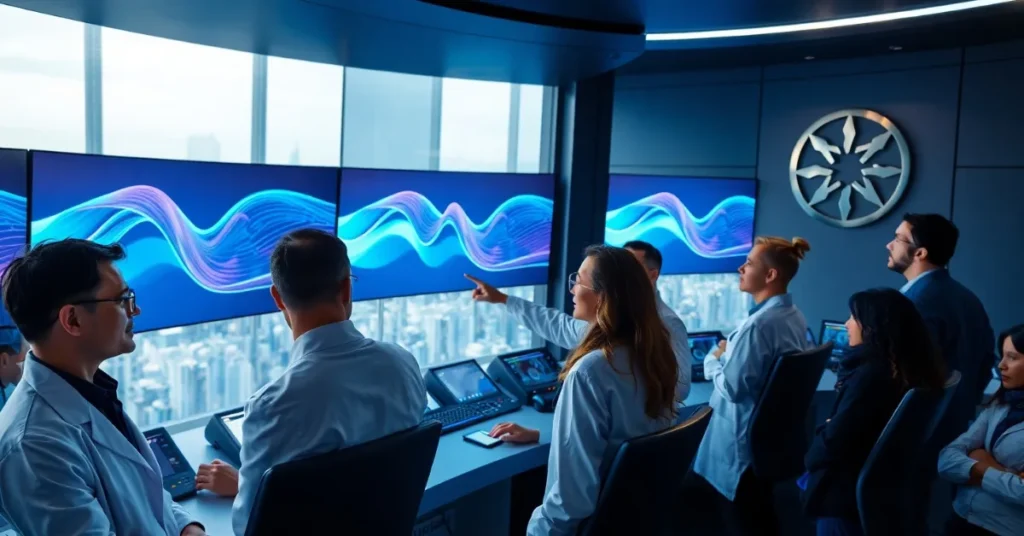
Reinforcement Learning Meets Cosmic Science
Google’s engineers collaborated with LIGO scientists to create software trained on simulated gravitational-wave data using reinforcement learning techniques.
“Essentially, they operated multiple simulated LIGOs simultaneously,” Adhikari stated in a press release. “The training process resembles playing a game. Points are awarded for noise reduction and penalties for increasing it. Successful ‘players’ continue competing to master the LIGO challenge. The outcome is elegant — the algorithm effectively suppresses mirror noise.”
The proof-of-concept testing, utilizing one hour of LIGO data from the Louisiana detector, demonstrated that Deep Loop Shaping could reduce mirror motion 30 to 100 times more effectively than conventional noise-reduction approaches alone.

Unlocking New Frequency Ranges for Astronomy
Co-author Jan Harms, a professor at Italy’s Gran Sasso Science Institute, indicated the technique could establish new astronomical frontiers.
“We are enthusiastic about Deep Loop Shaping’s potential to advance gravitational-wave research,” he stated. “Specifically, this enables us to access a new frequency range for gravitational-wave observations, particularly at lower frequencies.”
Harms compared this opportunity to extending a telescope’s range to include infrared or X-ray wavelengths beyond optical light. With enhanced low-frequency sensitivity, LIGO could better detect neutron star collisions or intermediate-mass black hole binaries. LIGO could also provide earlier warnings of approaching cosmic events.
“This enables pre-merger alerts, allowing us to inform observers that two neutron stars will merge within minutes,” Harms explained. “With sufficient detectors operational, we can even identify a specific sky region and instruct them, ‘Monitor that area and wait.'”
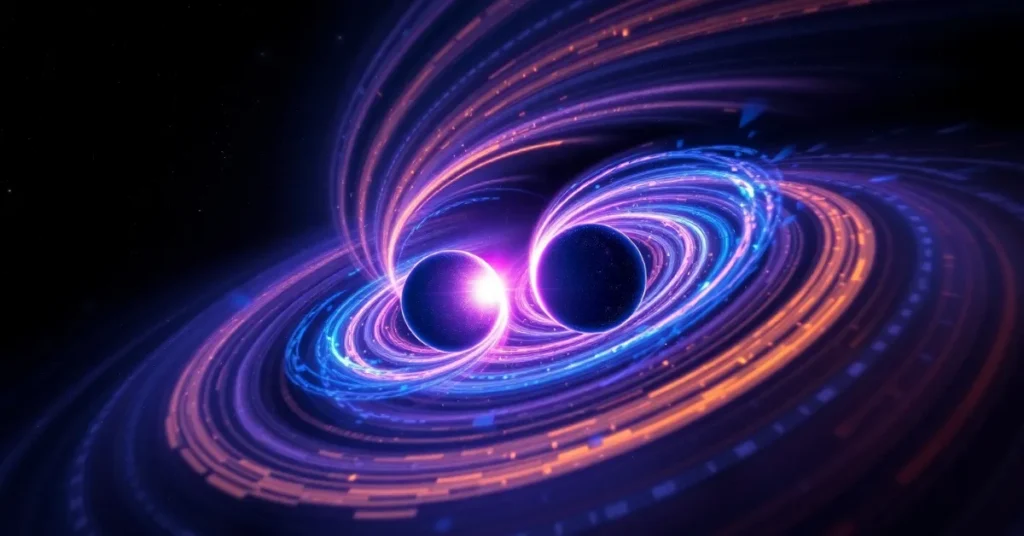
Beyond Space: Real-World Engineering Applications
Given concerns about AI hallucinations, might Deep Loop Shaping generate false information? “Whether it will malfunction after a year of operation is a valid concern, but we have similar worries about traditional methods, so we monitor all systems,” Adhikari responded.
“This represents new territory for us, so we expect to learn through experience while developing methods to identify any malfunction, not only from this system but also from our conventional systems that occasionally fail,” he added.
For the next implementation phase, the LIGO team intends to conduct extended Deep Loop Shaping tests lasting days or weeks — in Louisiana, at Hanford, and eventually at LIGO-India. “This week marks when we begin those planning discussions,” Adhikari said.
Deep Loop Shaping and similar programs could become standard engineering tools — not only for gravitational-wave detectors but also for other applications requiring high-precision component control. “This applies to aerospace applications, for instance,” Harms noted. “Navigation, manufacturing, general system noise reduction, or civil engineering.”
The technology might even enhance noise-canceling headphones. Buchli suggested additional applications that engineers have yet to consider.
“Once we release this, hopefully more people will think, ‘I have this challenging control problem. I should try this approach,'” he said.
Buchli, Adhikari, and Harms are among 30 contributors to the Science publication, “Improving Cosmological Reach of a Gravitational Wave Observatory Using Deep Loop Shaping.”
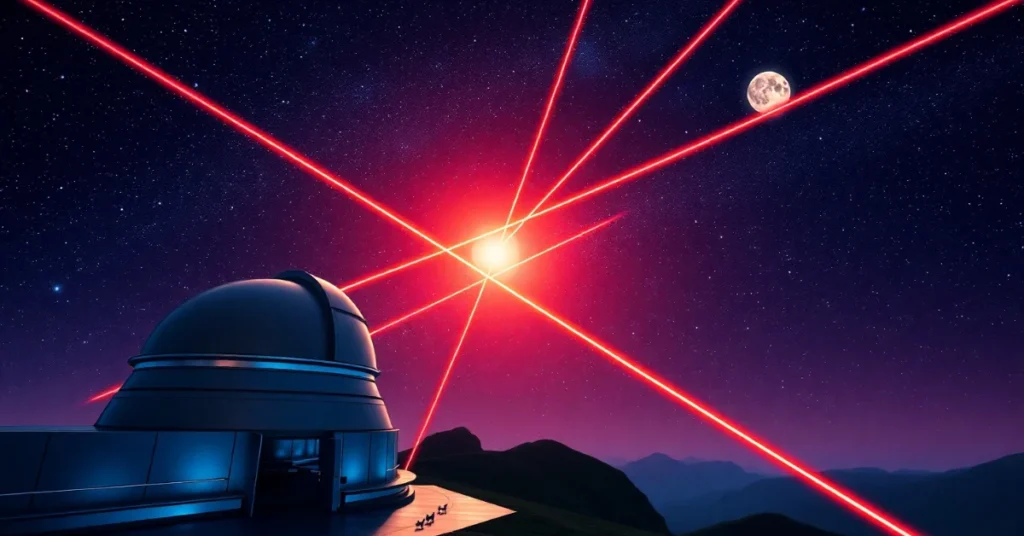
Frequently Asked Questions (FAQs) About LIGO and Google develop innovative AI system
What is the new AI system developed by LIGO and Google?
The system, called Deep Loop Shaping, is an AI-powered method that reduces noise in LIGO’s detectors, making gravitational wave detection more accurate and efficient. LIGO and Google develop innovative AI system.
How does Deep Loop Shaping improve gravitational wave detection?
It uses reinforcement learning to stabilize LIGO’s mirrors, cutting down unwanted vibrations and noise up to 100 times better than traditional methods. LIGO and Google develop innovative AI system.
Why is this collaboration between LIGO and Google important?
By combining advanced AI with LIGO’s detectors, scientists can access new frequency ranges, detect cosmic events earlier, and make deeper discoveries in astrophysics. LIGO and Google develop innovative AI system.
Can Deep Loop Shaping be used beyond astronomy?
Yes. The AI system has potential applications in aerospace, navigation, civil engineering, and even consumer technologies like noise-canceling headphones. LIGO and Google develop innovative AI system.
Will the AI system replace traditional detection methods completely?
No. It complements existing methods while being closely monitored for errors. Both AI and conventional approaches will work together to ensure reliable results. LIGO and Google develop innovative AI system.
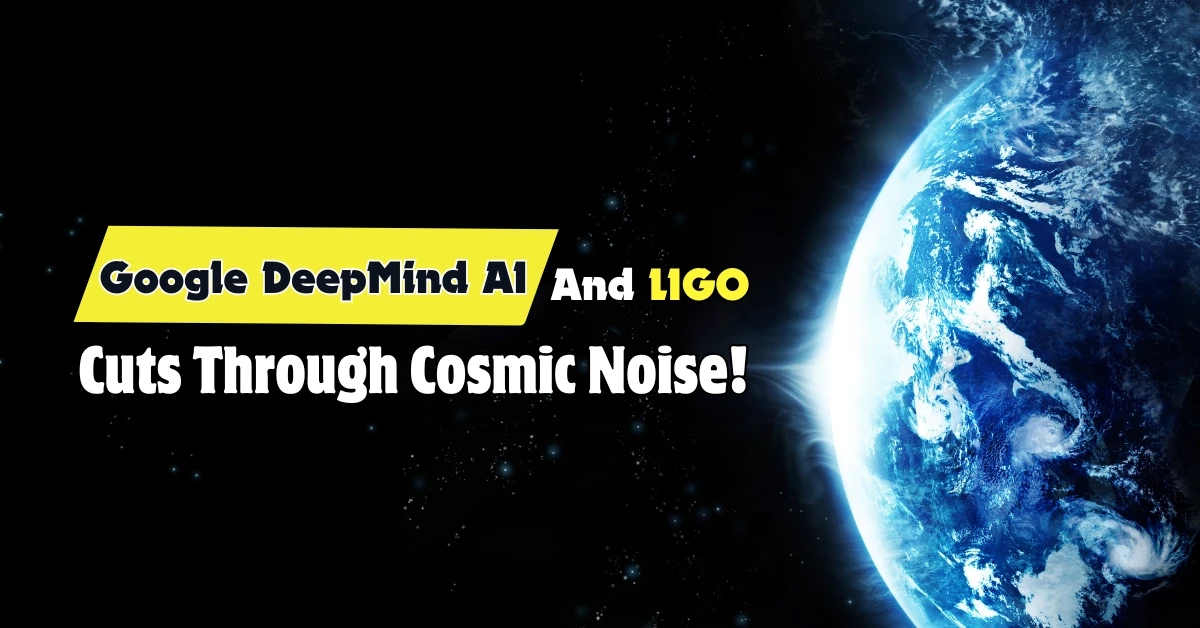
1 thought on “LIGO and Google develop innovative AI system to accelerate gravitational wave detection 2025”